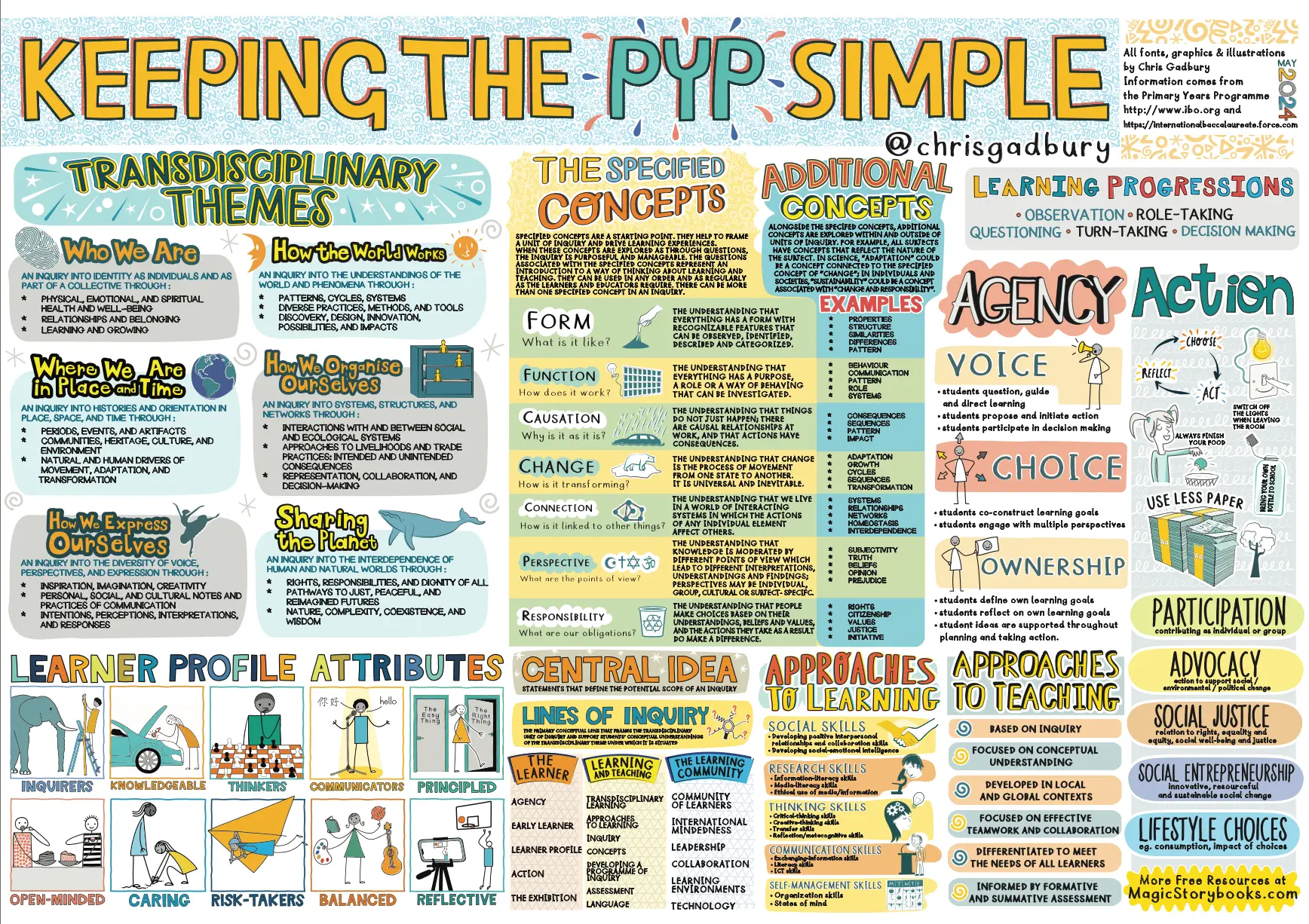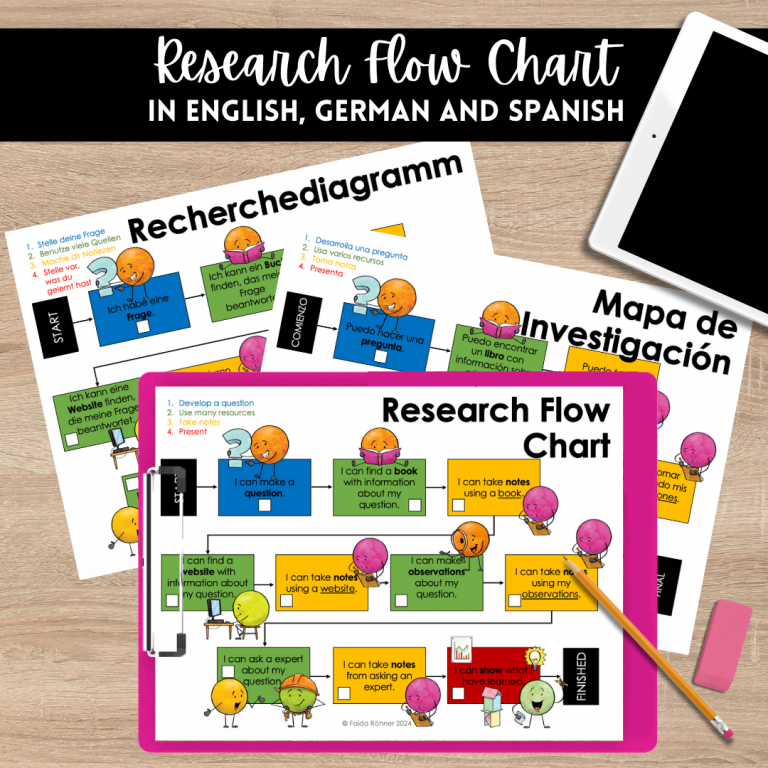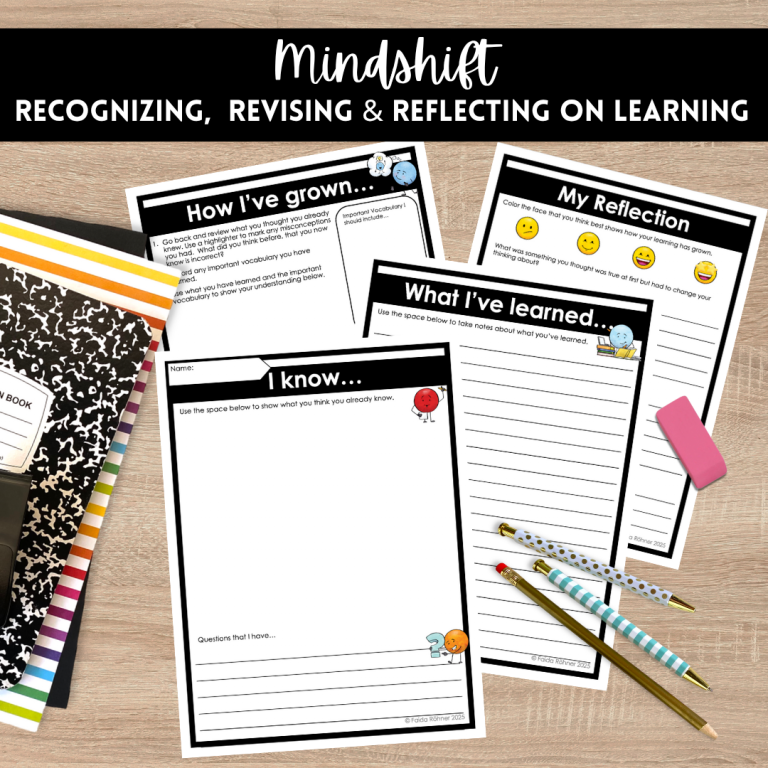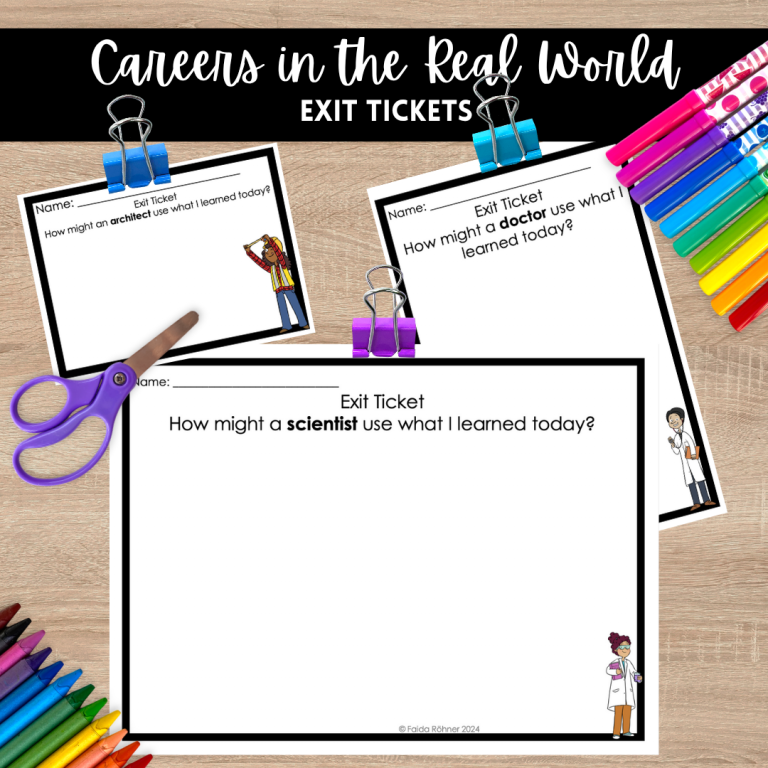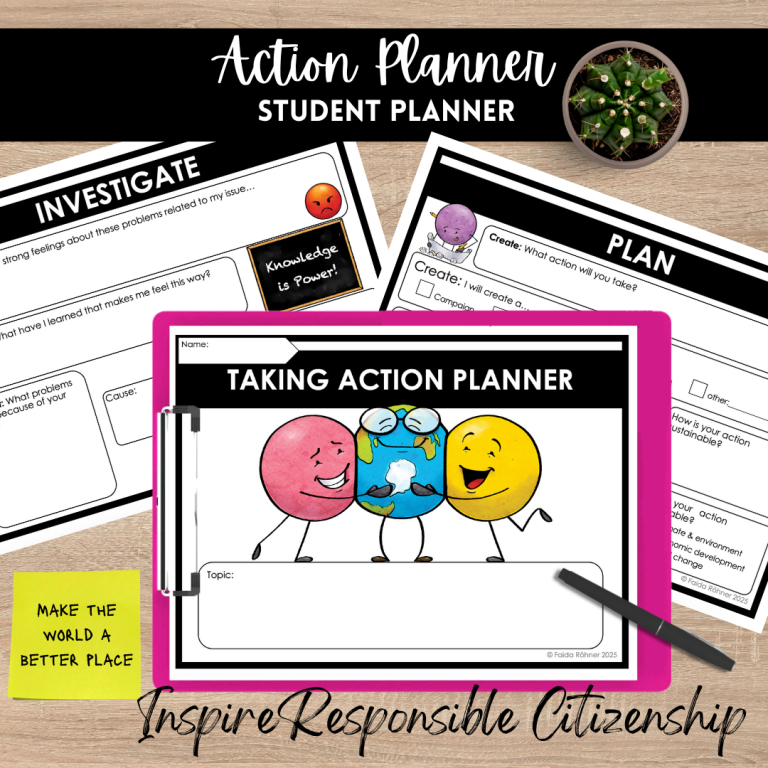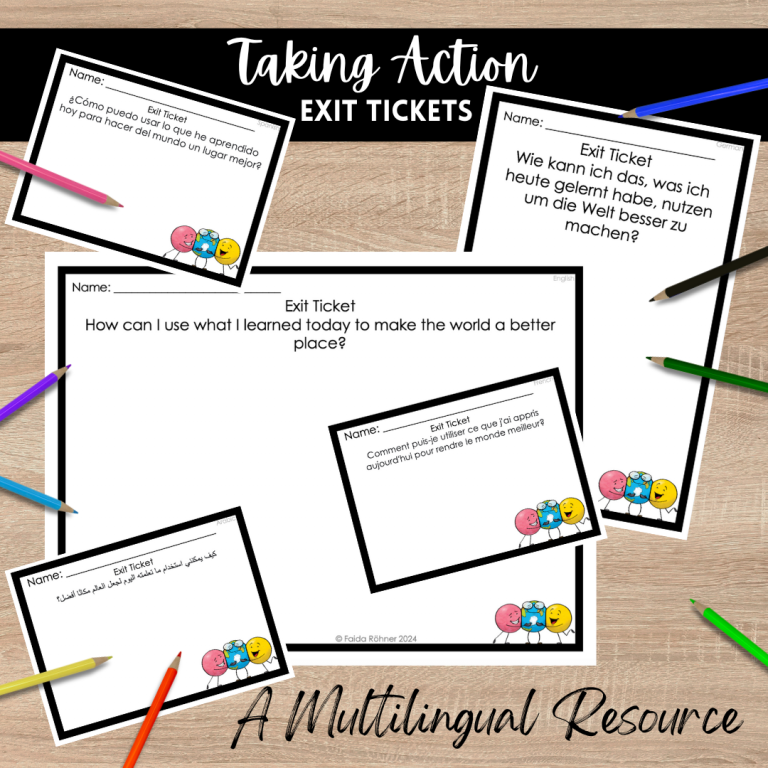So, You’re New to the PYP?
If this is your first year teaching the PYP, let me start by saying: you’ve got this. I’m genuinely excited for you—because while the IB Primary Years Programme (PYP) can feel like a whirlwind of new acronyms, planning templates, and philosophical quotes from Dewey and Piaget, it’s also one of the most engaging, dynamic, and rewarding ways to teach. Seriously.
Why I love teaching in the IB PYP:
- It’s engaging for students and teachers
- It’s student-centered and real-world focused
- It’s wholistic, flexible, and encourages lifelong learning
- It makes space for curiosity, voice, and action
- …and yes, it’s also challenging (but that’s where the fun is)
I’ve been teaching in the PYP for over a decade—classroom teacher, English support, PYP curriculum coordinator…even P.E. teacher for a short time. But I still remember my first year teaching the PYP. I felt like I was drowning in a sea of unfamiliar terms and structures. Fast-forward to my time onboarding new teachers as a coordinator, and I realized something: the PYP can be so much more manageable if someone just helps you make sense of some key points early on.
So here it is—10 things I wish I had known to help you start your first Unit of Inquiry with confidence as a new PYP teacher.
1. What is Transdisciplinary Learning and Why Does It Matter?
Transdisciplinary learning is the backbone of the PYP. Think of it this way: if traditional teaching is like a TV dinner (with clearly separated compartments), then transdisciplinary learning is a beautifully baked cake. The ingredients (aka subjects) blend together into something new and meaningful.
The Six Transdisciplinary Themes:
These real-world, globally significant themes guide the content of every unit:
- Who We Are
- Where We Are in Place and Time
- How We Express Ourselves
- How the World Works
- How We Organize Ourselves
- Sharing the Planet
Each unit of inquiry connects to one of these themes and explores it using what the IB calls the five essential elements of the PYP:
The 5 Essential Elements:
- Knowledge – drawn from six subject areas (language, math, science, social studies, arts, PE/SEL)
- Concepts – big ideas that drive inquiry
- Skills – Approaches to Learning (ATLs)
- The IB Learner Profile – attributes that foster active, empathetic, lifelong learners
- Action – meaningful steps students take to show understanding
2. How Units of Inquiry Are Structured
Every grade in the PYP completes six Units of Inquiry per year (four in Early Years). Each unit includes:
- Central Idea – the big, transferable understanding
- Key Concepts – there are 7 categories of broad, overarching ideas, which can be further divided in to related concepts.
- Lines of Inquiry – specific lenses to explore the Central Idea
- ATLs – the skills students will build
- Learner Profile Attributes – traits students will develop
- Action & Agency – how students will apply their learning
There’s a fantastic unofficial PYP cheat sheet by Chris Gadbury at Magic Story Books. It breaks everything down beautifully and is a great visual aid for your first year teaching the PYP. I still keep a printed version of it posted around my desk as a reference.
Want help planning your unit?
There are also learning management systems (LMS) like ManageBac and Toddle that schools often use to plan and document their units. If your school uses one, great! These platforms are designed to guide your planning process and make sure you’re covering all the essential elements.
BUT—if no one has told you what your school uses yet (or if you’re still trying to remember what day of the week it is during the back-to-school whirlwind), don’t worry. I’ve created a simple, editable PYP Unit Planning Checklist just for new teachers like you. This freebie focuses on the key parts of unit planning in a clear, easy-to-follow format, and it’s perfect if you’re:
-
- Still learning the PYP language
- Waiting on LMS access or training
- Craving a paper copy to scribble ideas on
- Just needing a reference that doesn’t make your head spin
This checklist is especially helpful when you’re trying to start your first Unit of Inquiry and want to make sure you are on the right track.
Click below to download the free PYP Unit of Inquiry Planning Checklist.
This tool won’t replace the full LMS, but it will give you the confidence and structure you need to plan your first unit. Using Google Docs, I have also added comments based on questions I’ve received while onboarding new PYP teachers.
Unit of Inquiry Planning Checklist
Download my free Unit of Inquiry Planning Checklist to stay organized, cover key components of the PYP, and feel more prepared—without needing a learning management system. Perfect for new IB teachers who want clarity and support from the start!
3. Don’t Forget to Explicitly Teach the Skills (ATLs)
The Approaches to Learning (ATLs) are a key part of every PYP unit—and if you’re not familiar with them yet, think of them as real-world skills that help students learn how to learn. These include communication, self-management, research, social, and thinking skills. Units often focus on 1-3 ATLs, based on what fits best with your learning goals.
But here’s the part that can get overlooked: you need to explicitly teach the skills—just listing them in your planner as skills students will use to explore the transdisciplinary theme isn’t enough. Students need direct instruction, practice, and support to actually develop these skills.
Best Practices
Here are a few best practices to make your ATL instruction meaningful and effective:
- Model the skill clearly. Whether it’s how to give peer feedback or organize research notes, students need to see it in action first.
- Use the language related to the ATLs. Identify and teach the vocabulary that goes with the skill so students can name what they’re doing (e.g., “After analyzing the text, I…”).
- Give them time to practice. Build opportunities into your lessons for students to actively use the skills—not just once, but over time.
- Provide feedback. Make space for coaching—whether through quick check-ins, rubrics, or peer observations. Feedback helps students refine their skills.
- Encourage reflection. At the end of a lesson, day, or unit, give students time to think about how they used the skill, what worked, and what they’d improve next time.
When students know how to learn, they become more confident and independent—and that’s the magic of the ATLs. So don’t treat them as an afterthought. Build them into your plans with intention and consistency.
If you are interested in some resources specifically designed to help develop the ATLs, I have products in my Teachers Pay Teachers store for you. Below you will find examples of products created with the IB PYP Classroom in mind.
4. Provocations = A Powerful Tool for Unlocking Student-Led Inquiry
A provocation is a planned experience that sparks curiosity and generates meaningful questions. A great provocation taps into students’ natural curiosity and gets them wondering, questioning, and connecting right from the start.
A well-designed provocation:
- Provides context
- Encourages student questions
- Leads to curriculum-aligned inquiries
When you just tell students to ask questions without a shared experience or context, you often end up with a million off-topic questions. It’s not that students aren’t engaged—they just don’t know where to focus their thinking. That’s where a well-designed provocation makes all the difference.
A provocation provides a common experience that anchors students’ questions in the context of your central idea.Whether it’s an image, a video, a hands-on challenge, or a guest speaker, the goal is to spark curiosity within boundaries that make sense for the unit. That way, students can still generate their own questions—but those questions are much more likely to be thoughtful, relevant, and connected to your lines of inquiry.
If you want to dive deeper into exactly how to design a great provocation, don’t miss my full post, The Power of Provocations: Starting Units & Sparking Curiosity. It’s packed with real examples and tips you can try tomorrow.
5. Model Curiosity Like It’s Your Job (Because It Is)
In an inquiry-based classroom, you’re not just the teacher—you’re the lead learner. That means modeling curiosity isn’t optional; it’s essential. When students see you asking questions, wondering out loud, and genuinely engaging with the content, they learn that inquiry is something even adults do—and that it’s valued.

But don’t stop at just asking a few questions and moving on. What you do with your modeled questions is just as important as the questions themselves. Here are six powerful ways to extend and make the most of the questions you model:
- Give students an opportunity to tell you if they know the answer: Let them step into the role of expert. It builds confidence and helps them see their voices matter.
- Give students an opportunity to learn and teach you: Invite them to research or explore and report back. When they teach you, they deepen their own understanding.
- Talk about how you might find the answer: Model strategies like asking an expert, checking a book, or using search terms effectively online.
- Model yourself finding the answer for the class: Demonstrate the process in real time. Students see inquiry in action when you show how to gather and evaluate information.
- Find out the answer later and share it with the class: Circle back to show that curiosity doesn’t end when the lesson does. Following up shows students that their questions matter.
- Find out the answer and work it into a future lesson: Embed the learning into your unit in a meaningful way. This shows how curiosity shapes the learning journey.
By doing these things, you make curiosity a visible, intentional part of your classroom culture—and that helps students learn how to drive their own learning, too.
6. Rethinking Assessment: Think Beyond the Test
In the PYP, assessment isn’t just about giving a test at the end of a unit. It’s about gathering evidence of learning all along the way. That’s why it’s essential to start with the end in mind. Start by asking yourself, “What do I want students to know, understand, and do by the end of this unit?”and plan backward from there.
Your assessment doesn’t need to be a big project completed in one sitting. In fact, some of the best assessments are culminations of student work gathered across the unit. Think of it as collecting puzzle pieces—each one offering a glimpse into student understanding:
Together, these pieces form a meaningful and authentic picture of learning.
As you rethink assessment, ask yourself:
- How can I give students multiple ways to show what they know?
- What can I collect along the way that builds toward a final understanding?
- How can I use assessment to support learning, not just measure it?

Assessment in the PYP is flexible, creative, and purposeful.
One helpful tool for designing meaningful summative assessments is the GRASPS model. It provides a structure for creating real-world tasks by outlining a Goal, Role, Audience, Situation, Product/Performance, and Standards for Success. Using GRASPS helps ensure your assessments are authentic, engaging, and aligned with what you want students to understand and demonstrate.
Examples:
- Grade 5: Museum of Past Civilizations
- Grade 2: Farmers Market for Producers & Consumers
- Grade 3: Inventor’s Convention for Simple Machines
Want to know more about how to create authentic assessments? Check out my post, Taking GRASPS of Real World Learning.
7. Know What Reports You’ll Be Writing
Spoiler: they won’t look like your old report cards.
It is possible that your school offers different types of reports. Mine does a Unit Report at the end of each unit and Semester reports. These reports look very different from each other. I would have saved myself hours upon hours writing reports my first year teaching the PYP if I had looked at the reports ahead of time and knew what I needed to report.
Ask your PYP coordinator early in the year:
- What kinds of reports are expected?
- What’s the format?
- What kind of data should I be collecting?
Bonus tip: Students often write reflections for reports—build this into your routine now to avoid scrambling later.
8. Start a Unit Box (Future You Will Be Grateful)
You’re about to gather so many hands-on, inquiry-rich resources that won’t fit into a regular folder.
Get a box for each unit.
- Store artifacts, books, posters, tools, manipulatives
- Label it clearly
- Revisit and improve it next year
Think of it as your Unit Time Capsule. Future you will thank you!

9. Get Some IB PYP Professional Development
You don’t have to figure it all out alone.
Ask your coordinator about:
- School-sponsored training
- Online workshops from IBO-approved providers
Want to browse on your own?
For new teachers, I recommend:
- Making the PYP Happen: Implementing Agency
- Building Your IB Programme: Primary Years
*Important note: The IBO publishes a new workshop catalog each school year.
10. Be Kind to Yourself During Your First Year Teaching the PYP
Take a deep breath.
You won’t get it all the first year.
There is a lot of learning while doing in your first year teaching the PYP.
IT. IS. A. LOT!

The IB is dedicated to researching education and will update their programs accordingly. So, you’re not meant to be an expert your first year. No one expects you to master this overnight—not even the IB.
This post is here to help you feel confident and supported as you start your first Unit of Inquiry. You are doing something incredibly meaningful. You are teaching real students, for the real world.
If you’re not just new to the PYP, but are starting your first year of teaching…First of all! Hats off to you! You’ve got this! And I’ve got you covered. I’ve got even more help for you in my blog post, First Year of Teaching: 11 Practical Tips for a Smoother Start.
I wish you a great first year teaching the PYP!


